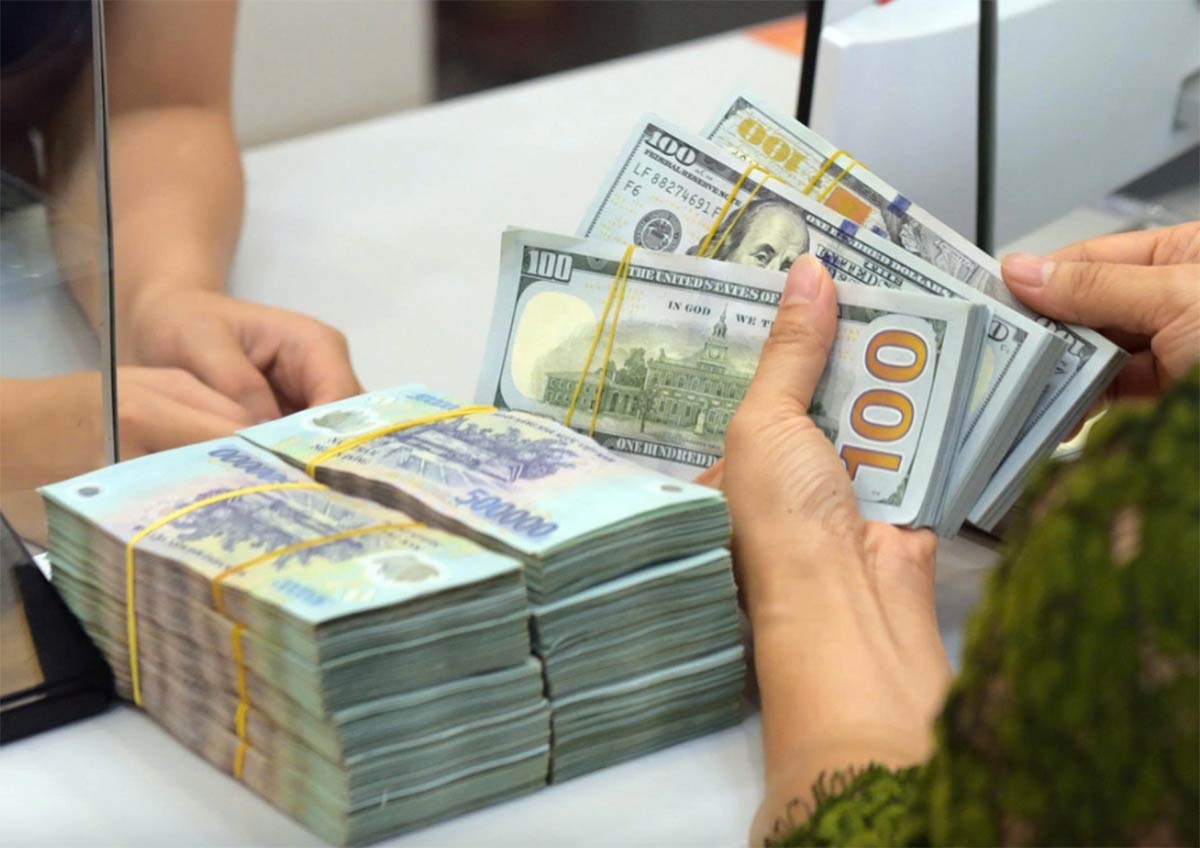The US dollar may continue to move sideways
The US dollar continues to trade in a sideways fashion in trade-weighted terms. Instead, the significant directional movements are to be found in other currencies.

The US dollar continues to trade in a sideways fashion in trade-weighted terms.
The US dollar has been closeted in quite a tight trading range since the summer with euro/dollar, for instance, never far from a narrow 1.14-1.18 trading range. It seems like a return to the ‘pre-Trump’ stability that we saw during 2023 and the first three quarters of 2024 when euro/dollar was predominantly in a narrow 1.05-1.10 range with no clear direction.
Steven Barrow, Head of Standard Bank G10 Strategy, said the US dollar trades mostly in a stable/sideways fashion until significant shocks come along that generate some directionality. The last shock was Trump’s tariff tantrum back in the spring that weighed the US dollar down. Before that, the big shock was Russia’s invasion of Ukraine in early 2022 which lifted the US dollar sharply, especially against European currencies. And, before that, it was Covid.
If this is an accurate description of how the US dollar is trading, it suggests that the greenback will continue to flatline until the next big shock comes along. Most likely we will see some smaller shocks. These could be associated with Fed policy or the US Supreme Court declaring the tariffs illegal later this year. But will they be shocks that are big enough to knock the dollar out of this period of stability? Probably not.
Steven Barrow’s forecasts for coming months project that euro/dollar will mostly trade between 1.15 and 1.20 while any longer-term drift is more likely to be in the shape of a weaker dollar. Of course, he does have the prospect of returning US data this week in the shape of payrolls for September that are released on Thursday and August trade as well, which will come out on Wednesday; the same day as Nvidia’s Q3 earnings figures which could also have a bearing on the dollar. But even here he is sceptical that returning US data will shake the dollar out of its stupor.
Instead, if we want to look at currencies that are moving, we need to look away from the US dollar. A good way to explore these trends is to look at currencies in trade-weighted terms because, looked through this lens, a number of major currencies are seeing very significant trends. For instance, the Swiss franc is rising to levels never seen before while the yen is close to the lowest levels seen since the early 1990s and the euro around the highest levels seen in over a decade.
In short, there is plenty of directionality in key currencies; just not in the dollar right now. Strength in the Swiss franc and weakness in the yen are of particular significance for these introduce the risk of intervention. The Swiss National Bank seems to have gone down this route again recently to try to weaken the franc but the Bank of Japan has not followed up intervention to strengthen the yen from the last time it decided to act over three years ago.
“We think these broad currency trends will continue in spite of the intervention risks. Unlike the US dollar’s trade-weighted index which, as we’ve said, is stable until major shocks occur, the yen and franc seem to have clear directional trends that are largely impervious to these shocks that tend to shift the US dollar”, said Steven Barrow.
The euro is another currency that seems to be in a clear directional trend in tradeweighted terms. This uptrend not as long-lasting and impervious to shocks as the yen and the franc, but it still seems as if optimism is improving towards the single currency. This could reflect the prospect of the US dollar losing global dominance to the euro although the signals on this front are not particularly striking.
For it seems that, if the US dollar is being replaced to any notable extent, it is by the likes of gold in central bank FX reserves and the renminbi in terms of global lending and trade invoicing. Of course, even these trends only scratch the surface of the dollar’s dominant position which also suggests that the euro’s trade-weighted appreciation may reflect other factors, such as the euro area’s apparent ability to shake off the detrimental economic effects of tariffs at the moment. In broad terms we expect the euro’s trade-weighted strength to continue although the basis for this may originate from its appreciation against the likes of the yen and the pound rather than the dollar, where broad stability seems likely to persist for now.








